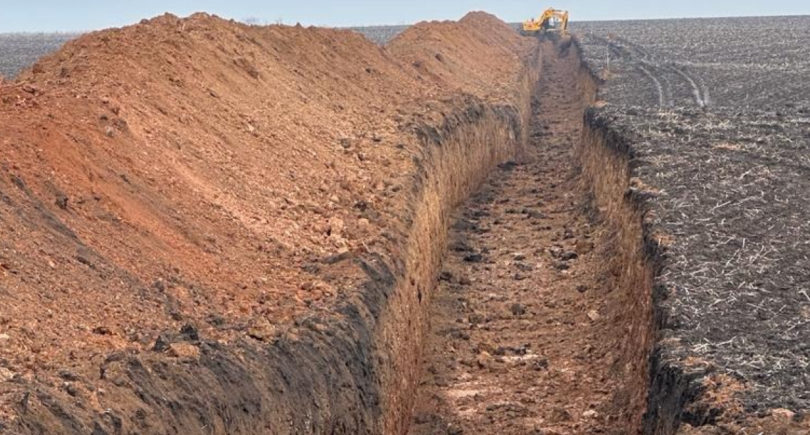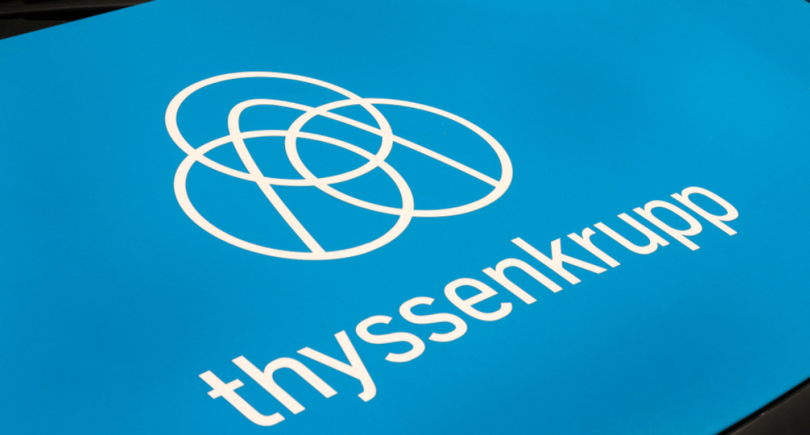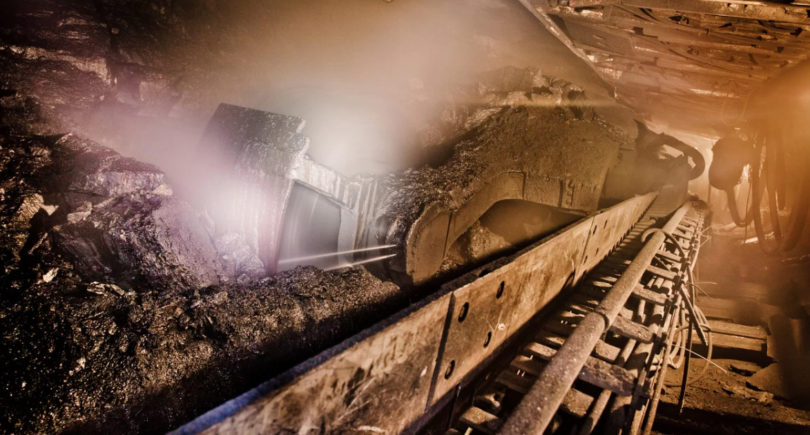
In January, the company installed a new warehouse for products, which will improve its quality and increase the volume of shipments
In 2023, Kametstal shipped 19 thousand tons of coal tar to external customers. The product is formed during coke production and is a raw material for further processing in chemical production. This is stated in the company’s press release.
One of the technological stages of producing resin of the required quality is a step-by-step process of settling it from fuselage (semi-solid coking residues) and then from water. After that, the resin is sent to the resin processing plant.
The resin is heated and further separated from water in special storage tanks with a volume of 300 cubic meters each. In total, there are five of them on the territory of the shop. Storage tank No. 3 has reached the end of its service life, so the plant has implemented an investment project to replace outdated equipment with new ones.
In January, Kametstal completed the upgrade of storage facility No. 3. In particular, a steel casing was erected, as well as new resin supply and outlet, steam supply, and water drainage lines. Shut-off valves were changed, and control and measuring devices were installed to determine the volume of steam used for heating. A remote heat exchanger was installed instead of the built-in one, which will avoid a decrease in the resin heating temperature due to the deposition of fuselage on the heating elements inside the storage.
«Coal tar is in high demand among consumers. In 2023, we shipped 19 thousand tons of the product. The new storage facility is an opportunity to prepare the resin for further processing, and thanks to the new equipment, we will be able to reduce steam consumption for heating the resin, and thus save energy, contributing to the achievement of the company’s team goals,» Pavlo Gulyuk, head shop for catching chemical products of coking, comments.
As GMK Center reported earlier, Kametstal has recently completed a major overhaul of BOF vessel No. 1. The final stage involved replacing one of the unit’s key components, the non-drive journal bearing. This part weighing 5.4 tons ensures the rotation of the BOF vessel during the steelmaking process.



